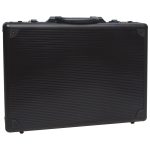I. Introduction
Traveling with a metal briefcase often grabs attention for its sleek design and professional appearance. However, when approaching airport security, it raises questions about the Transportation Security Administration’s (TSA) rules. Many travelers are uncertain whether they should unlock or unpack these items while going through the screening process. This article aims to clarify the regulations concerning metal briefcases at airport checkpoints. By understanding the TSA’s requirements, travelers can prepare appropriately, ensuring a hassle-free experience. We’ll explore what the TSA says about metal briefcases, how to handle them during screening, and tips from seasoned travelers to navigate airport security efficiently.

II. Understanding TSA Rules for Carry-On Luggage
A. General TSA Guidelines for Carry-On Items
Navigating the rules set by the Transportation Security Administration can be challenging for travelers. The TSA’s general guidelines for carry-on items are designed to ensure the safety and security of all passengers. Carry-ons must go through an X-ray machine for a thorough check. Items that can obstruct clear views during scanning, such as large electronics and liquids above certain amounts, should be removed from bags. Knowing these basics helps travelers move through security checks swiftly. However, the rules can vary slightly for different items, and understanding these nuances is crucial, especially when carrying a metal briefcase.
B. Specifics Regarding Metal Briefcase
When it comes to a metal briefcase, the TSA has detailed guidelines. These sturdy cases can trigger additional scrutiny because their metal construction might obstruct X-ray images. To avoid delays, TSA officers may need to inspect these briefcases more closely. It’s important to note that while metal briefcases do not have to be emptied completely, they may be subject to opening for a thorough check. It’s best to have keys or combinations ready, just in case. Being prepared to unlock your metal briefcase can smooth the way for both the traveler and security personnel, leading to a faster screening process.
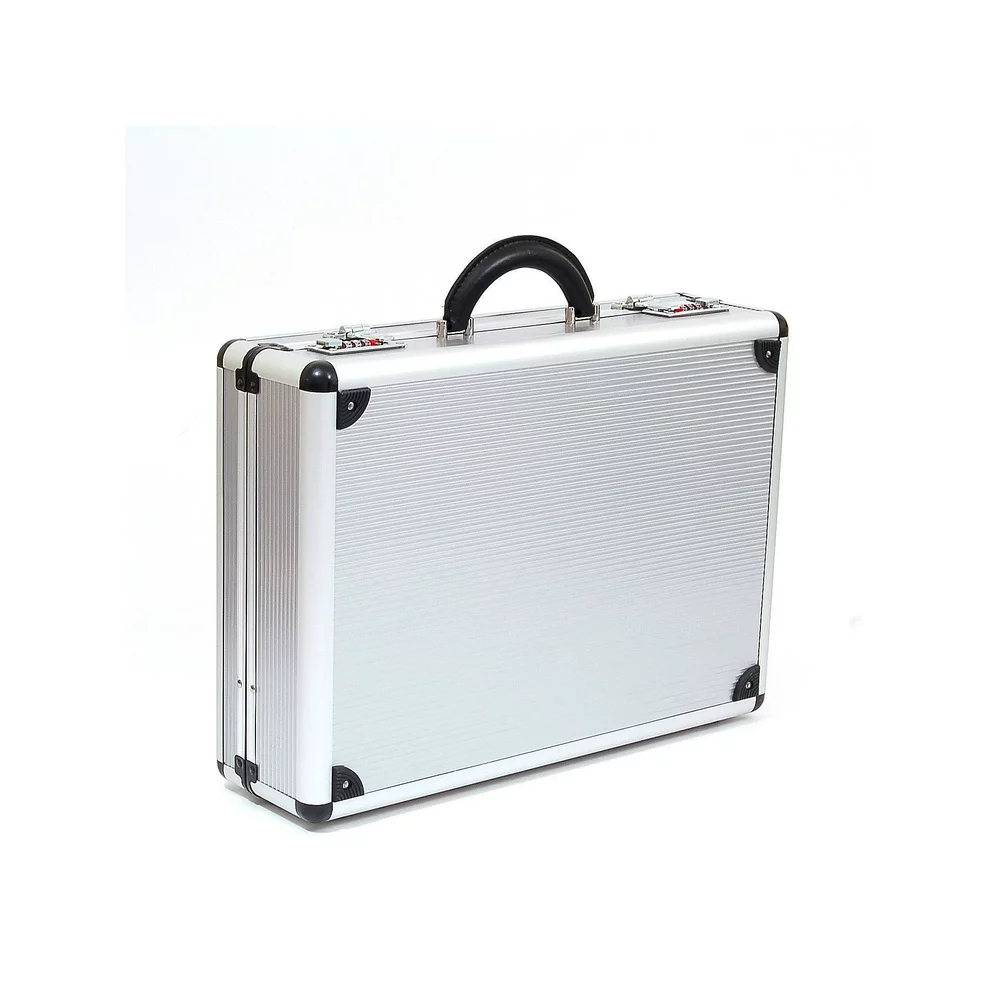
III. Metal Briefcase Screening Procedures
A. Standard Screening Process for Metal Briefcase
The standard screening process for a metal briefcase at an airport involves placing it on the conveyor belt to pass through an X-ray machine. Just like any other carry-on luggage, the briefcase needs to go through this machine so that TSA agents can assess its contents. The dense structure of a metal briefcase may lead to a less transparent image on the X-ray monitor. This could potentially conceal items that are not allowed on a flight. It’s vital for travelers to know that even if their metal briefcase looks secure, it must still go through the same screening as all other items.
B. Circumstances Requiring Additional Inspection
If the X-ray scan is not conclusive, TSA agents might need to examine a metal briefcase more carefully. This situation calls for an additional manual check, where officers may ask the owner to unlock the briefcase for a thorough inspection. This extra step ensures that no prohibited items are hidden within the case. For a smooth inspection process, it is advisable for travelers to keep the key or combination handy, avoiding delays. Preparing for the possibility of this added security measure helps travelers with metal briefcases move through airport checkpoints more efficiently.
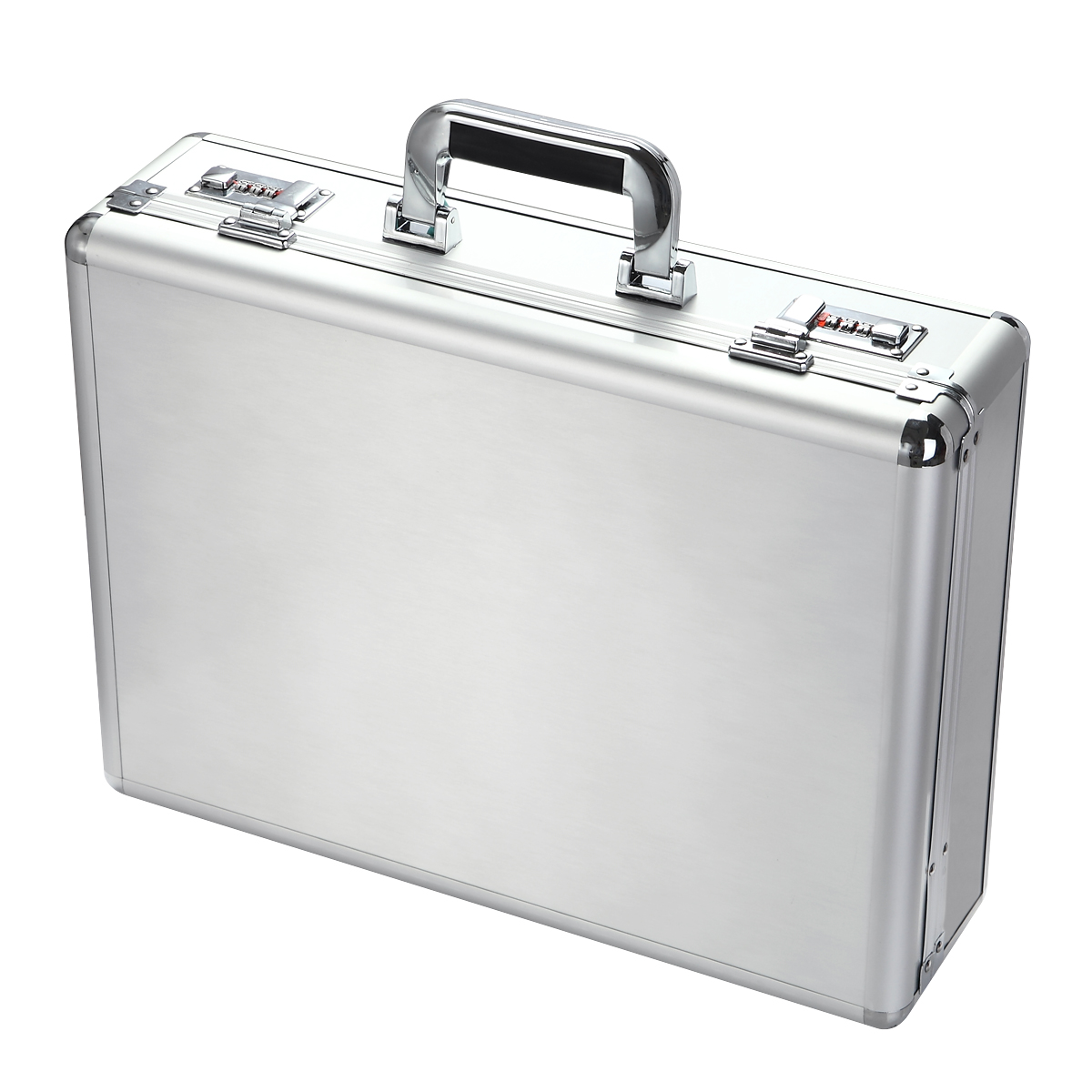
IV. To Unpack or Not: The Metal Briefcase Dilemma
A. Arguments for Unpacking Metal Briefcases
Arguments for unpacking metal briefcases before airport security screenings are strong. Proponents suggest that by removing contents and laying them out in a tray, travelers can demonstrate transparency, potentially speeding up the process. This proactive approach may reduce the need for a manual check, as TSA agents can easily see the items without the interference of the metal case. For those who carry sensitive or confidential materials, planning ahead to unpack in a way that maintains privacy is important. It’s all about finding a balance between security requirements and personal convenience when handling a metal briefcase at the airport.
B. Reasons to Keep Metal Briefcases Locked
On the other hand, some argue for keeping metal briefcases locked during the screening process to maintain the security of their contents. If the briefcase contains valuable or sensitive documents, travelers may prefer not to expose them to the public eye. In such cases, ensuring that the briefcase is neatly organized and free of any prohibited items can assist TSA agents in their assessment without opening it. If a traveler chooses to keep their metal briefcase locked, they should stay prepared to unlock it upon request. Clear communication with TSA agents about the contents can also help establish a sense of trust and facilitate a smoother screening process.
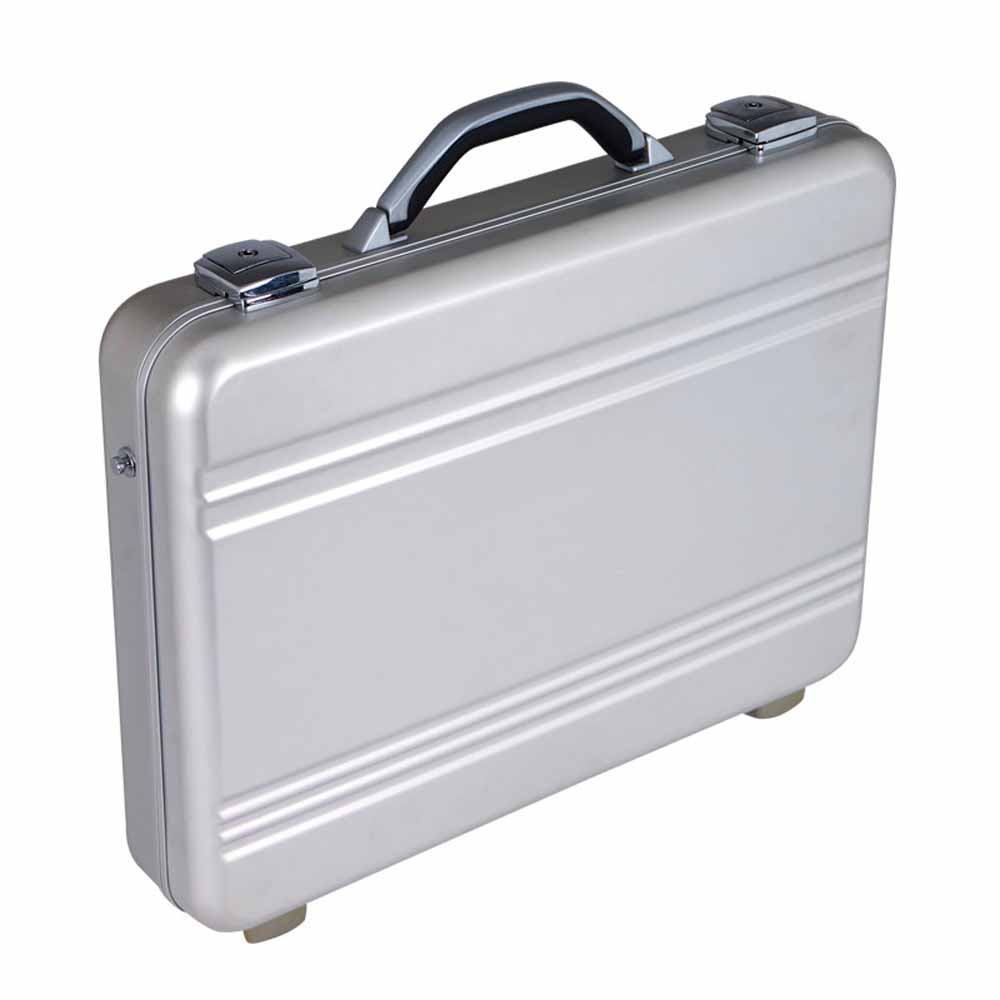
V. Traveler Experiences with Metal Briefcases at Airport Security
A. Case Studies of Travelers with Metal Briefcases
Traveler experiences with metal briefcases at airport security can vary widely. Some passengers recount stories of breezing through checkpoints with no issues, while others have faced delays. What often makes a difference is prior preparation. For example, a business professional who frequently flies with a metal briefcase might share their strategy of arriving early and being ready to present the contents if asked. These individual anecdotes provide valuable insights into what one might expect when traveling with such items. By assessing and learning from these varied experiences, travelers can better anticipate and navigate potential hurdles at airport security.
B. Lessons Learned and Best Practices
Learning from others is crucial, and that’s where case studies of travelers with metal briefcases come into play. An analysis of different scenarios reveals best practices for handling security checks. For instance, a traveler who had to unpack their metal briefcase for a detailed inspection might advise keeping personal belongings in separate pouches for privacy. Tips such as these – borne from the real-life experiences of fellow travelers – can be incredibly helpful. They not only prepare you for what to expect but also offer clever solutions for maintaining both security and convenience.
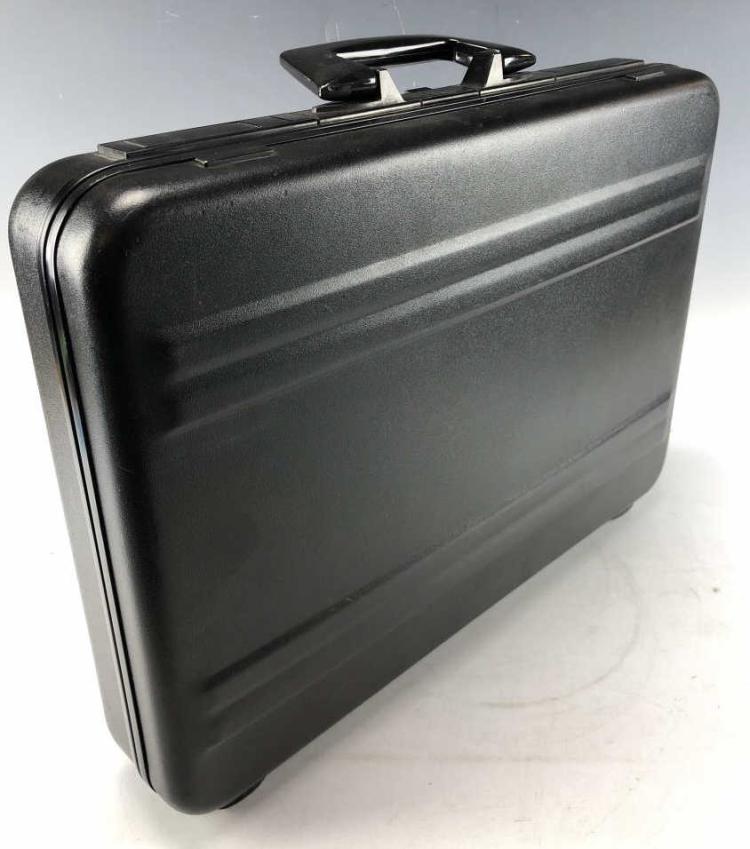
VI. Preparing Your Metal Briefcase for Airport Security
A. Tips for Packing a Metal Briefcase
Preparing your metal briefcase for airport security starts with thoughtful packing. Consider what you need to bring and how it might appear on an X-ray screen. Place items that could raise questions on top, so TSA agents can easily access them without having to dig through the entire case. Use clear bags for smaller items to reduce the need for an agent to handle your belongings directly. Ensure that any electronics are easily removable, as they often require separate screening. This level of organization not only helps security staff but also minimizes the risk of having to unpack your metal briefcase entirely.
B. Strategies for a Smooth Screening Experience
Adopting strategies for a smooth screening experience with your metal briefcase can dramatically reduce stress at the airport. Stay informed about the latest TSA regulations, as these can change. Keep the briefcase’s lock combination or key within quick reach in case it needs to be opened. Travelers should also consider attaching a TSA-approved lock to their briefcase, which allows agents to unlock and relock it without damage. Additionally, maintaining a polite and cooperative demeanor with security personnel can go a long way in ensuring that the screening of your metal briefcase goes as smoothly as possible.
VII. Conclusion
In conclusion, understanding the protocols for traveling with a metal briefcase is essential for a hassle-free experience at airport security. The key takeaways include being familiar with TSA guidelines, preparing for both X-ray examination and potential manual inspections, and considering the pros and cons of unlocking or unpacking your briefcase. Sharing experiences and tips from seasoned travelers can also offer valuable advice for navigating security checks. To ensure the smoothest possible transit, keep your metal briefcase well-organized, know the contents well, and be ready to cooperate with TSA agents. With the right preparation and mindset, you can make traveling with your metal briefcase as seamless as possible.

